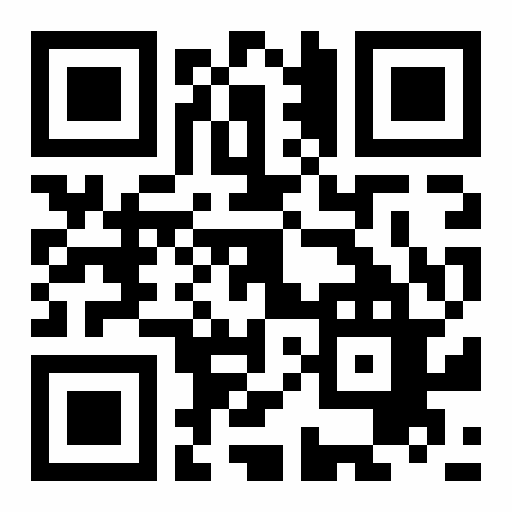
Applied Science Letters


Colonies are moved into many different locations for pollination, and some areas may not have sufficient forage. In this situation, bees depend on the beekeeper to provide them with food. In this study was to compare the liquid glucose from corn and wheat instead of white sugar in bee feeds on both the incubator and the desert, were studied. Glucose of wheat and corn each with three levels (0, 25, 50, and 75 percent) for each treatment. According to the results of the food intake of control treatments in the incubator Commercial bee were largest and most losses were related to liquid glucose over 75 percent of wheat and corn treatments. Results show that, was significant difference among treatments in terms of saved honey (P<0.05). It seems, liquid glucose at 50 percent can be used as part of the feeding bees sugar substitute.
Keywords: Corn, Honey bee, Liquid glucose, Nutrition, Sugar, Wheat.
Alaux, C., Ducloz, F., Crause,r D., & Le Conte, Y. Diet effects on honeybee Immunocompetence. Biology Letters,2010. 6: p.562- 565.
Winston, M. L. The Biology of the Honey Bee. Harvard University Press, 1987.
Bogdanov, S., Ruoff, K., &PersanoOddo, L. Physico-chemical methods for the characterization of unifloral honeys: a review. Apidologie, 2004.35: p.S4–S17.
Carter, C., & Thornburg, R.W. Is the nectar redox cycle a floral defense against microbial attack? Trends plant science, 2004.9: p.320-324.
Park, S. & Thornburg, R.W. Biochemistry of Nectar Proteins. Journal Plant Biology, 2009.52: p. 27–34.
Bailey, L. The effect of acid-hydrolyzed sucrose on honeybees. Journal of Apicultural Research, 1966. 5: p.127-136.
Herbert, E.W. Honey bee nutrition. In: Graham, J.M., Editor. The hive and the honey bee. 1992. p. 197-233. Dadant and Sons.
Goodwin, R.M. Feeding sugar syrup to honey bee colonies to improve pollination: a Review. 1997.78: p. 56-62.
Sammataro, D., Avitabile, A. The Beekeeper's Handbook, fourth edition. Cornell University Press, 2011.
Hull, P. Glucose Syrups: Technology and Applications. John Wiley & Sons, Inc.2010.
SAS, Statistical Analysis Systems SAS Inst. Inc., Cary,Nc, USA 265P. 2002.
Duncan, D.B. Multiple range and multiple F tests. Biometrics, 1955. 11: p. 1-42.
Barker, R.J., &Lehner, Y. Laboratory comparison of high fructose corn syrup, Grape syrop, Honey, and sucrose
syrup as maintenance food for caged honey bees. Apidologic, 1978.9(2): p. 111-116.
Ruiz-Matute, A.I., Weiss, M., Sammataro, D., Finely, J. &Sanz, M.L. Carbohydrate Composition of High-Fructose Corn Syrups (HFCS) Used for Bee Feeding: Effect on Honey Composition. Journal Agriculture Food Chemistry, 2010.58(12): p. 7317–7322.
Crailsheim, K. Intestinal transport of sugars in the honeybee (Apismellifera L.). Journal of Insect Physiology, 1988.34: p. 839-845.
Hausmann, C., Wackers, F.L., & Dorn, S. Sugar convertibility in the parasitoid Cotesiaglomerata (Hymenoptera:Braconidae). Archives of Insect Biochemistry and Physiology, 2005.60: p.223-229.
LeBlanc, B.W., G. Eggleston, D. Sammataro, C. Cornett, R. Dufault, T. Deeby& E. St. Cyr Formation of hydroxymethylfurfural in domestic high-fructose corn syrup and its toxicity to the honey bee (Apismellifera). Journal Agriculture Food Chemistry, 2009.57: p. 7369-7376.
Zirbes, L., Nguyen, B.K., Degraaf, D.C., Meulenaer, B.D., Reybroeck, Haubruge, W., E., &Saegerman C. Hydroxymethylfurfural: a possible emergent cause of honey bee mortality? Journal Agricalture Food Chemistry, 2013. 61:p.11865-11870.
Sammataro, D. & Weiss, M. Comparison of productivity of colonies of honey bees, Apismellifera, supplemented with sucrose or high fructose corn syrup. Journal of Insect Science: 2013. 13 p.9.
Severson, D.W. & Ericson, E.H.Jr. Honey bee coloney performance inrelation to supplemental carbohydrates. J.Ecom-Ento.1984. 77(6):p. 1473-1478.
